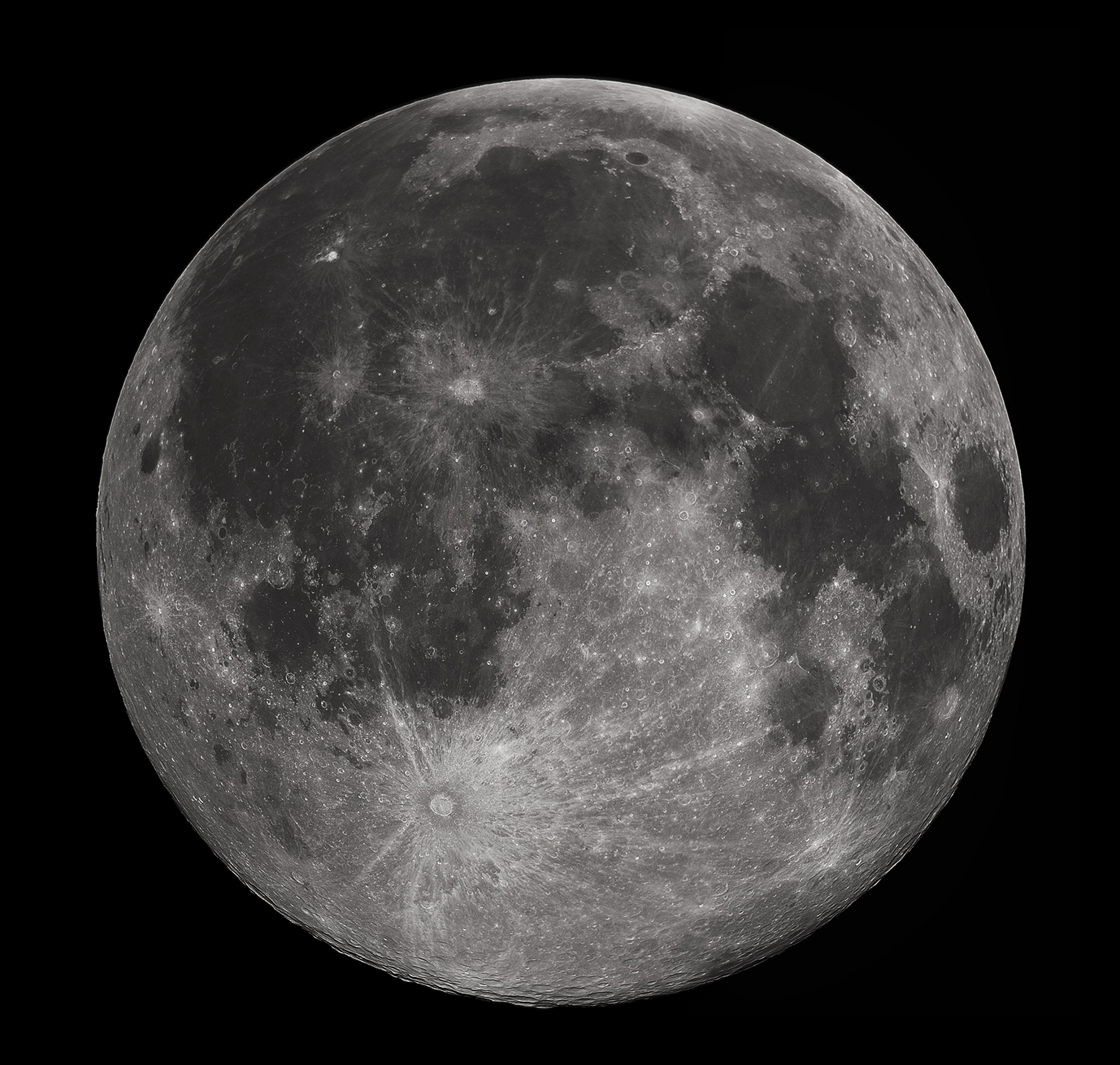Almost fifty years ago, the human race set foot on the Moon. But then interest in manned lunar missions waned and we have not been back. There have been many fly-bys and landings on the Moon since we landed there but only by machines. Now interest is growing in a return to the Moon in force to establish manned lunar stations and to seek new mineral resources.
A serious problem for the exploitation of lunar resources by nations and private corporations is the 1967 U.N. Outer Space Treaty which is administrated by the U.N. Office for Outer Space Affairs. One of the central principles of the treaty is that all space resources and astronomical bodies shall not be subject to sovereignty claims by nation states or ownership claims of private entities. All weapons are also banned from space, including the Moon.
In 1979, the U.N. General Assembly adopted the Moon Agreement which states that the natural resources on the Moon are the “common heritage of mankind.” It recommends that a new international body should be created to govern the use of lunar resources as soon “as such exploitation is about to become feasible.” It is interesting to note that most of the countries with space programs did not sign the Moon Agreement, including the U.S.
Opposing the Moon Agreement, some nations including the U.S. have created laws that do recognize that private companies will have legal ownership of resources they collect in space, including lunar resources. There will be legal debates about whether national laws or international treaties should prevail with respect to ownership of space resources but many countries and corporations have announced major projects for the acquisition of space resources including those on the Moon.
Currently five different nations including the U.S, Russia, China, India and Japan have expressed their interest in sending manned missions to the Moon in the near future. In addition, there are private space companies such as SpaceX which intend to send men to the Moon.
One of the resources that is abundant on the Moon but scarce on earth is helium 3. Helium 3 is a non-radioactive isotope of helium with two protons and one neutron in the nucleus. It is believed that helium 3 would be a good fuel for a nuclear fusion reactor. China has explicitly said that it wants to go to the Moon to mine helium 3. China plans to launch the Chang’e 5 lunar probe later this year or next year. India intends a soft landing for its Chandrayaan-2 lunar mission next year. Google has created the Lunar X Prize contest for private companies to launch, land and drive a lunar rover around the lunar surface.
Since there have already been missions that landed rovers on the Moon and left landing vehicles, equipment and trash on the lunar surface, the question of the treatment of artifacts left on the Moon has been raised. NASA published a document in 2011 with the title “How to Protect and Preserve the Historic and Scientific Value of U.S. Government Lunar Artifacts” with suggestions about how to protect historical sites and artifacts on the Moon. The report said “recognizes the steadily increasing technical capabilities of space-faring commercial entities and nations throughout the world and further recognizes that many are on the verge of landing spacecraft on the surface of the Moon.” NASA suggested, for example, a 75-meter (246 feet) artifact boundary around where the Apollo 11 landed.
It is unclear just what international court could handle legal disputes with respect to lunar artifacts and resources. The U.N. International Court of Justice might be a good place to start. But, granted that a ruling is reached in a court with respect to a dispute on the Moon, there is a question of how it could be enforced. Do we need a U.N. peacekeeping force for the Moon?
